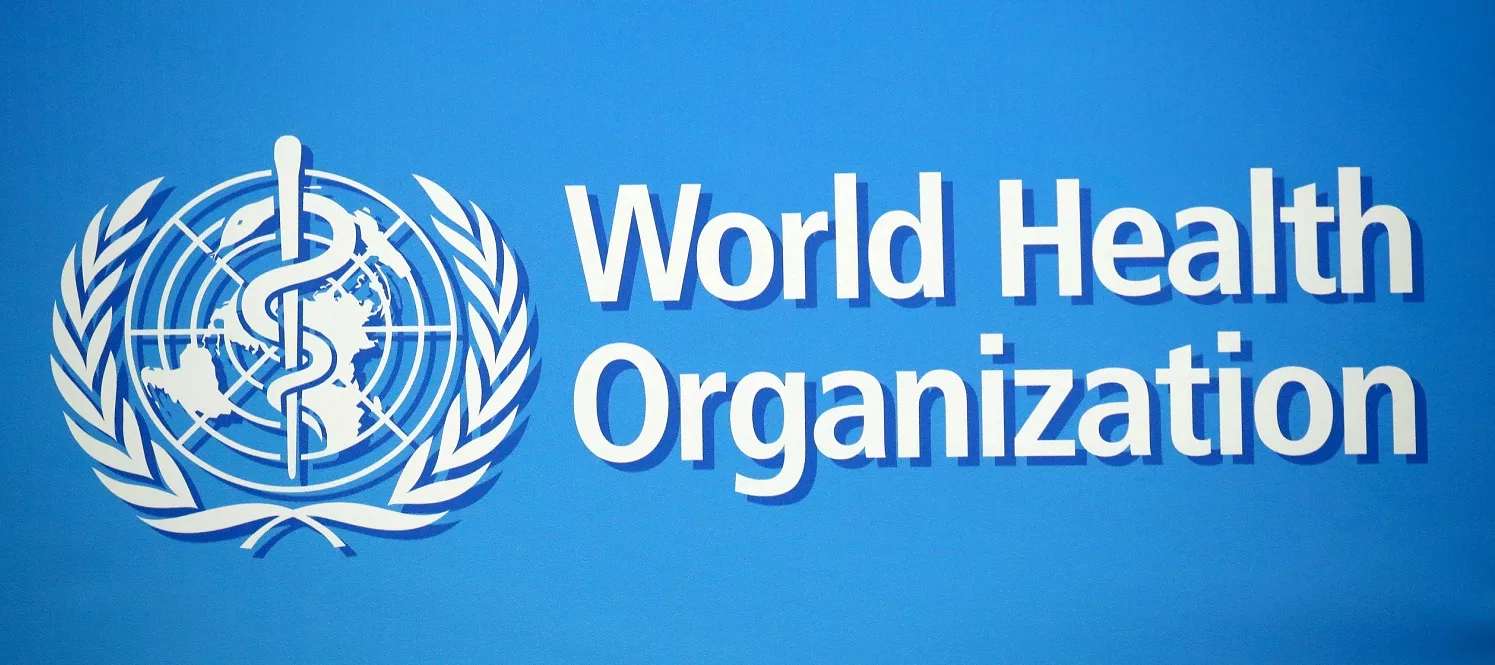Negative Pressure Wound Therapy Market to Expand to USD 11,434.9 Million by 2035
The global is expected to be reach USD 7,087.3 million in 2025 and is likely to expand up to approximately USD 11,434.9 million by the end of 2035. The sales are believed to rise with a CAGR of 4.9% during the period of 2025 to 2035.
The negative pressure wound therapy market has become an essential segment within the advanced wound care industry. Negative pressure wound therapy (NPWT) is a medical technique that uses controlled suction to promote wound healing by removing excess fluid and stimulating tissue growth. This therapy has revolutionized the way chronic, acute, and complex wounds are treated, offering an effective alternative to conventional wound dressings. The increasing prevalence of diabetic ulcers, pressure ulcers, surgical wounds, and traumatic injuries drives demand for NPWT devices globally.
In healthcare settings ranging from hospitals to home care, the adoption of negative pressure wound therapy is steadily rising due to its ability to reduce healing time, minimize infection risk, and improve patient outcomes. The market reflects growing awareness among healthcare professionals about the benefits of this therapy, alongside technological advancements that make devices more user-friendly and accessible.
Several trends shape the current landscape of the negative pressure wound therapy market. A prominent one is the growing emphasis on portable and disposable NPWT devices. These products offer increased mobility and ease of use for patients, enabling outpatient treatment and home care without compromising effectiveness. This shift toward ambulatory care aligns with healthcare systems’ broader efforts to reduce hospital stays and lower treatment costs.
Another key trend is the integration of smart technologies into NPWT systems. Innovations like real-time monitoring, remote data transmission, and automated pressure adjustment enhance treatment precision and allow clinicians to track wound healing progress remotely. Such advancements improve patient compliance and provide valuable insights for personalized care.
Sustainability is also emerging as a consideration, with companies developing eco-friendly and recyclable components for NPWT devices. This reflects a broader healthcare trend toward reducing environmental impact while maintaining high-quality patient care.
Furthermore, collaboration between device manufacturers and healthcare providers is intensifying, leading to customized therapy solutions tailored to specific wound types and patient needs. This trend promotes better clinical outcomes and expands the range of NPWT applications.
Despite the promising growth, the negative pressure wound therapy market faces several challenges. One of the foremost concerns is the high cost of NPWT devices and associated consumables. This can limit access, especially in low- and middle-income regions where healthcare budgets are constrained. Affordability remains a critical factor that manufacturers and policymakers must address to expand market penetration.
Another challenge lies in the need for specialized training for healthcare providers and patients. Effective use of NPWT requires understanding device operation, wound assessment, and maintenance protocols. Without proper training, the risk of device misuse or complications increases, potentially hindering therapy outcomes.
Regulatory hurdles also pose difficulties, as varying approval requirements across regions can slow down product launches and increase development costs. Ensuring compliance with international standards while addressing local regulatory frameworks requires careful navigation by manufacturers.
On the opportunity side, the rising prevalence of chronic wounds due to aging populations and lifestyle diseases presents a substantial growth avenue. As diabetes and obesity rates continue to climb globally, the demand for effective wound care solutions like NPWT is expected to grow correspondingly.
Expansion into emerging markets offers significant potential, driven by improving healthcare infrastructure and rising awareness. Companies that can tailor products to meet the unique needs and economic realities of these regions may capture untapped demand.
Technological advancements also create opportunities to develop hybrid therapies combining NPWT with other modalities such as growth factors, antimicrobial dressings, or cellular therapies. These integrated approaches can accelerate healing and reduce complications, appealing to clinicians seeking comprehensive solutions.
Negative pressure wound therapy has fundamentally changed wound care by providing a mechanism that accelerates tissue regeneration and reduces infection risk. Its role is especially critical in managing chronic wounds that often resist traditional treatment methods.
Patient comfort and convenience have become central to device design, leading to smaller, quieter, and more intuitive NPWT systems. These improvements support patient adherence and satisfaction, which are crucial for therapy success.
The market also benefits from increasing collaborations between healthcare institutions, research organizations, and device manufacturers. These partnerships foster innovation and evidence-based practice, enhancing product effectiveness and acceptance.
Cost-effectiveness analyses frequently demonstrate that, despite upfront expenses, NPWT can reduce overall treatment costs by shortening hospital stays and minimizing complications. This economic argument strengthens the case for wider adoption among healthcare payers.
Geographically, the North American region continues to dominate the negative pressure wound therapy market. This leadership stems from advanced healthcare infrastructure, well-established reimbursement policies, and strong investment in research and development. The U.S., in particular, has a large base of diabetic and elderly patients, fueling demand for NPWT products.
Europe follows closely, supported by government initiatives promoting advanced wound care and the presence of numerous medical device manufacturers. Western European countries have well-developed healthcare systems that facilitate rapid technology adoption.
The Asia-Pacific region is emerging as a key growth market due to increasing healthcare expenditure, expanding hospital networks, and rising awareness of wound care innovations. Countries like China, India, and Japan are witnessing higher NPWT adoption rates, driven by growing incidences of chronic wounds and traumatic injuries.
Latin America and the Middle East & Africa show steady growth potential despite current limitations in infrastructure and healthcare accessibility. Efforts to enhance healthcare quality and increase insurance coverage are expected to accelerate NPWT market expansion in these regions.
The competitive landscape of the negative pressure wound therapy market is highly dynamic, featuring both established multinational corporations and innovative startups. Market leaders focus heavily on product innovation, expanding their distribution networks, and forming strategic partnerships to strengthen their presence globally.
Companies invest in research and development to enhance device features, improve patient comfort, and integrate smart technologies. Offering comprehensive service packages, including training and technical support, distinguishes leading players and fosters customer loyalty.
Pricing strategies also play a pivotal role, with some manufacturers providing affordable solutions for emerging markets while maintaining premium product lines for developed regions. Flexible financing and leasing options further enhance market accessibility.
Mergers and acquisitions remain common as companies seek to consolidate expertise and broaden their product portfolios. These activities often lead to accelerated innovation and expanded geographical reach, benefiting both manufacturers and end-users.
The negative pressure wound therapy market can be segmented based on product type, end-user, and application. Product categories typically include portable NPWT systems, stationary devices, and accessories such as dressings and canisters. Portable systems are gaining traction due to their convenience and suitability for home care.
End-users cover hospitals, outpatient clinics, long-term care facilities, and home healthcare. Hospitals remain the largest consumer segment because of the critical need for advanced wound care in surgical and trauma patients. However, home care is growing rapidly as patients seek less invasive treatment options outside traditional settings.
Applications span chronic wounds like diabetic foot ulcers, pressure ulcers, and venous leg ulcers, as well as acute wounds from surgery or trauma. The therapy’s versatility allows its use across various wound types, supporting its expanding market presence.
As technology evolves, segmentation will likely incorporate device connectivity, integration with other therapeutic modalities, and data analytics capabilities, reflecting the broader digital transformation in healthcare.
Future Market Insights, Inc. (ESOMAR certified, recipient of the Stevie Award, and a member of the Greater New York Chamber of Commerce) offers profound insights into the driving factors that are boosting demand in the market. FMI stands as the leading global provider of market intelligence, advisory services, consulting, and events for the Packaging, Food and Beverage, Consumer Technology, Healthcare, Industrial, and Chemicals markets. With a vast team of over 400 analystsworldwide, FMI provides global, regional, and local expertise on diverse domains and industry trends across more than 110 countries.
Future Market Insights Inc.
Christiana Corporate, 200 Continental Drive,
Suite 401, Newark, Delaware – 19713, USA
T: +1-347-918-3531
For Sales Enquiries: [email protected]
Website: https://www.futuremarketinsights.com
LinkedIn| Twitter| Blogs | YouTube










